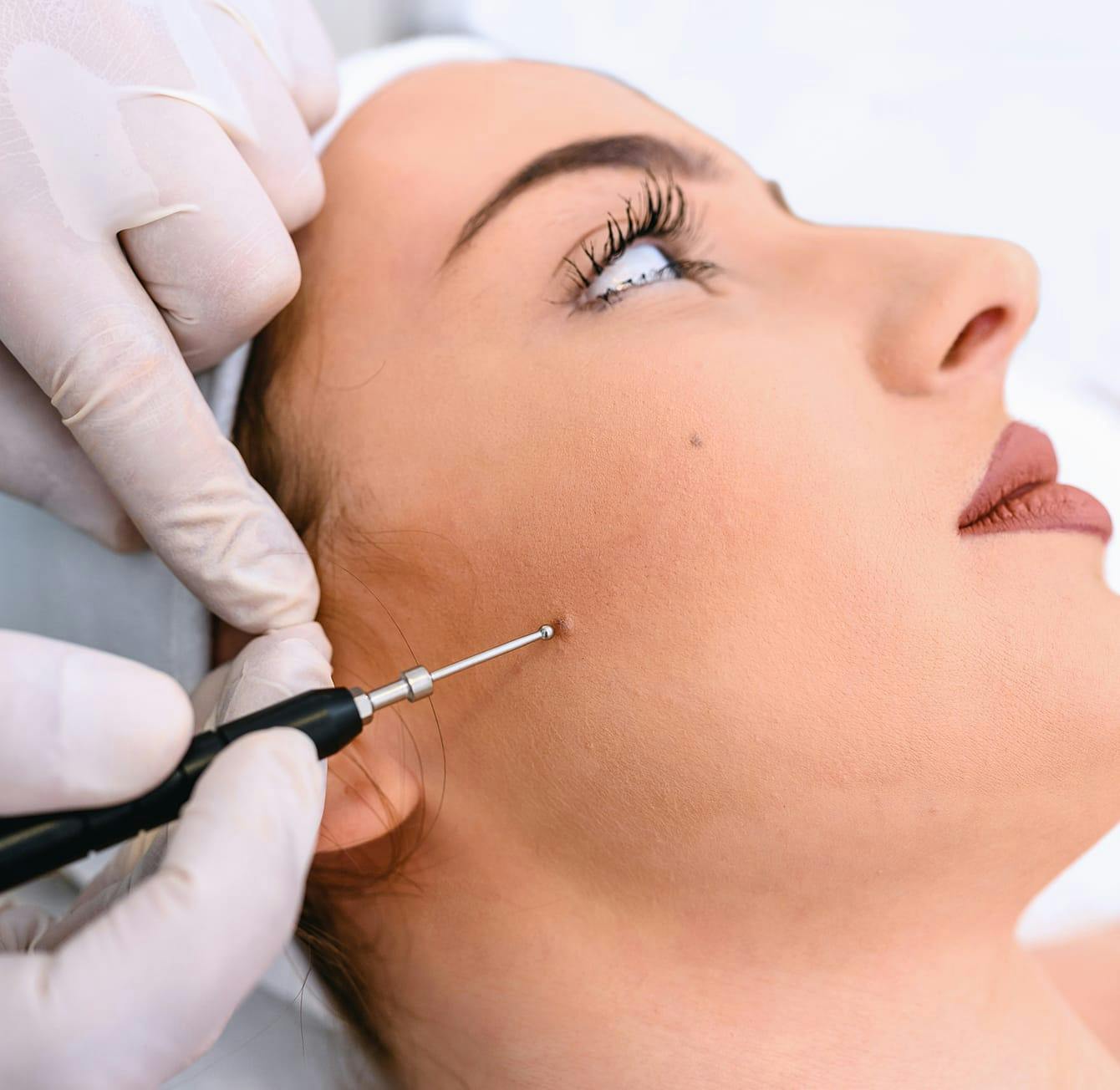Moles, or nevi, are common skin growths that can vary in color, size, and shape. While most moles are harmless, some may develop into melanoma, a serious form of skin cancer. Mole removal is a cosmetic procedure and a preventative measure to address and treat potentially cancerous growths. Louisiana ENT provides comprehensive services for mole removal, employing various techniques tailored to the type of mole and the patient’s needs.
Why choose Louisiana ENT for mole removal?
Choosing Louisiana ENT for mole removal ensures that you are under the care of highly proficient surgeons who prioritize patient safety, comfort, and aesthetic outcomes. Our surgeons are skilled in the latest mole removal techniques and provide a thorough evaluation to determine the best course of action for each individual case.
At Louisiana ENT, we understand that mole removal, whether for cosmetic or health reasons, can be a source of anxiety. That’s why we provide a supportive environment where all your questions are answered, and concerns are addressed. Our team is committed to achieving the best possible results while minimizing discomfort and visible scarring.
Mole removal is a routine procedure that can have significant implications for your health and self-esteem. At Louisiana ENT, we combine surgical expertise with a compassionate approach, ensuring that each patient receives personalized care. Whether you seek mole removal for preventive health measures or cosmetic improvement, you can trust our dedicated team to provide exceptional service and support throughout your journey.





